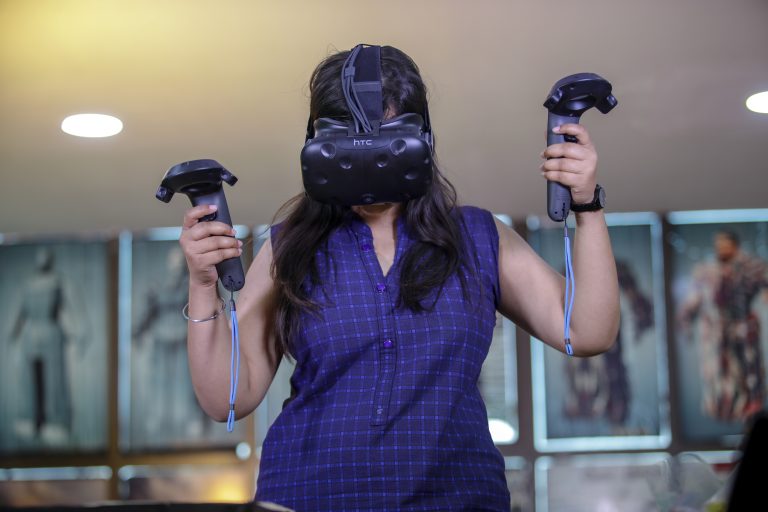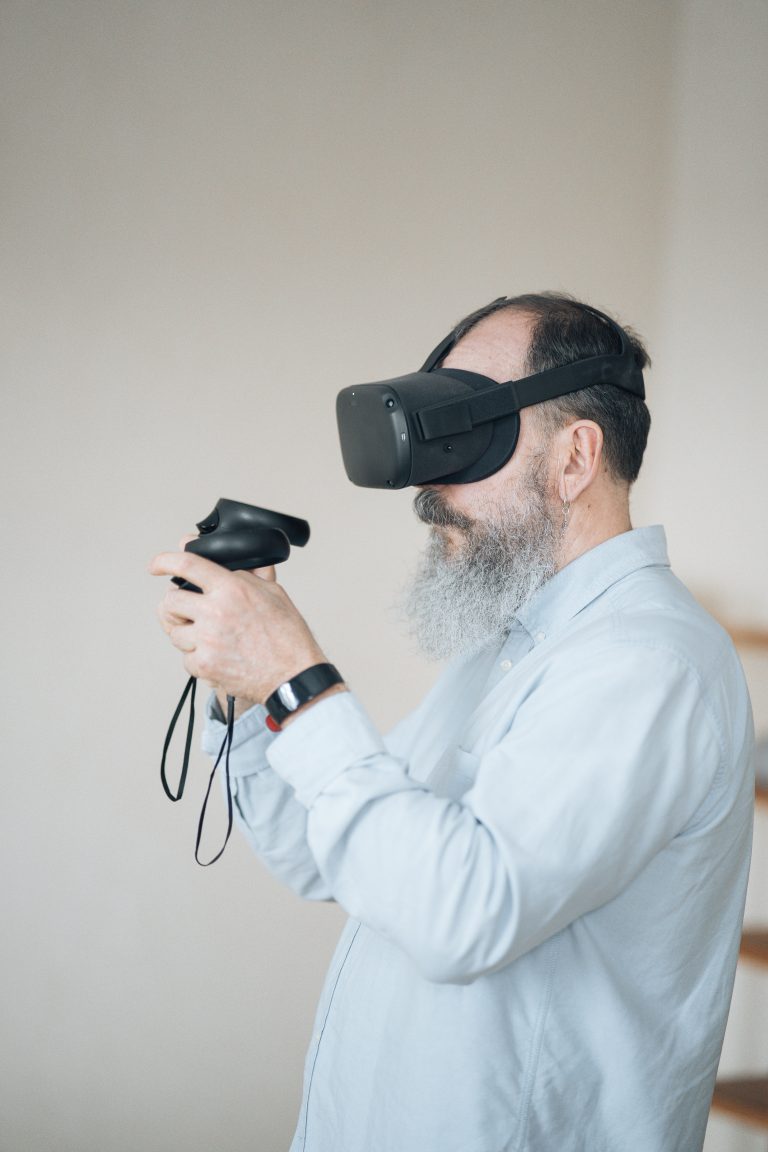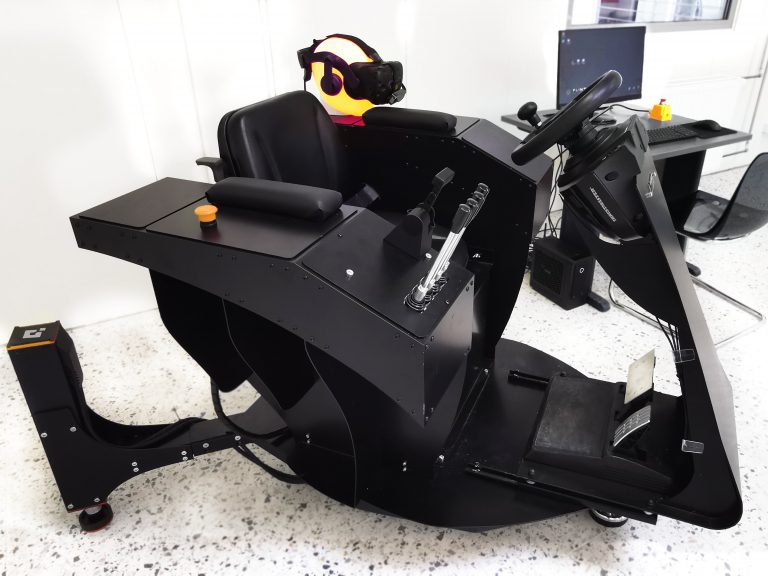Virtual Reality (VR) technology has revolutionized the way we interact with digital worlds, providing immersive and lifelike experiences. However, one significant hurdle that early VR adopters faced was the dreaded cybersickness – a form of motion sickness induced by wearing VR goggles. Fortunately, with advancements in technology, this issue has become a thing of the past as better VR goggles now offer a seamless and enjoyable virtual experience.
In this article, we explore the concept of cybersickness, its causes, and how the latest VR goggles have overcome this once common problem.
Understanding cybersickness
Cybersickness, also known as virtual reality sickness or VR motion sickness, is a phenomenon that occurs when an individual experiences a disconnect between their visual perception and their body’s sense of motion. This dissonance is typically caused by the way VR content is rendered and perceived by the brain. In the early days of VR, low refresh rates, lag, and limited field of view often contributed to this problem, triggering symptoms such as nausea, dizziness, headache, and fatigue.

Causes of cybersickness
As we mentioned before, cybersickness has several reasons:
Latency: high latency, the delay between a user’s movement and the corresponding update in the virtual environment, can lead to a noticeable disconnect and provoke discomfort.
Field of view: limited field of view can create a sense of tunnel vision, contributing to disorientation and motion sickness.
Refresh rates: low refresh rates can cause flickering and judder in the VR display, straining the eyes and exacerbating the sensation of motion sickness.
Motion handling: poorly implemented motion in VR experiences, such as sudden accelerations or unrealistic movements, can lead to cybersickness.
Inaccurate tracking: If a VR headset fails to accurately track the user’s head movements, it can create a lag between the actual head movement and the virtual view, causing discomfort.
The evolution of VR goggles
With the increasing demand for more immersive and comfortable VR experiences, technology companies began to address the challenges of cybersickness by developing advanced VR goggles.
The latest equipment differs substantially from the goggles that were used even two or three years ago.
For instance, HTC Focus 3, provide very high refresh rates (90Hz), which greatly reduces flickering and judder, providing a smoother experience. They also offer improved hand tracking, which ensures a more accurate representation of their actions in the virtual world.
The latest VR goggles boast wider field-of-view displays that closely mimic human peripheral vision, effectively minimizing tunnel vision effects and enhancing overall immersion. Additionally, they provide reduced latency, allowing for near-instantaneous responses to user movements, resulting in a more natural and seamless experience. These goggles feature high-quality lenses and precise optical calibration, minimizing image distortion and improving focus, thereby reducing eye strain and discomfort. Moreover, manufacturers have made significant advancements in crafting comfortable, lightweight, and well-ventilated headsets, ensuring they can be worn for extended periods without causing any discomfort to the user.

What to do before wearing a VR headset?
If you suffer from motion sickness or think you might get dizzy or nauseous while using the VR goggles, follow these tips:
- Start slowly. If you’re new to VR, don’t dive into intense experiences right away. Begin with short sessions and gradually increase the time as you become more accustomed to the virtual environment.
- Choose comfortable content. Opt for VR experiences that are well-designed, have smooth motion, and are less likely to induce motion sickness.
- Take breaks. Regularly take breaks during VR sessions. Every 15 to 30 minutes, remove the VR headset and allow your eyes and brain to readjust to the real-world environment.
- Keep a stable environment. Make sure your physical surroundings are free of obstacles that could cause you to trip or stumble while immersed in the virtual world.
- Check the lighting. Ensure the room you are in is well-lit. Dimly lit rooms can contribute to motion sickness in some individuals.
- Stay hydrated. Drink water before and during your VR experience to stay hydrated. Dehydration can exacerbate motion sickness symptoms.
- Avoid heavy meals. Eating a large, heavy meal before using VR might increase the chances of feeling nauseous. Opt for a light snack if needed.
- Adjust the headset properly. Make sure the VR headset fits comfortably on your head and is properly adjusted to avoid strain on your eyes and discomfort.
- Use quality hardware. Invest in a good-quality VR headset with high refresh rates, low latency, and accurate tracking. Lower-quality hardware can contribute to cybersickness.
- Consult a physician. If you have a history of motion sickness or related conditions, consult your physician before using VR to get personalized advice and ensure VR is safe for you.

Cybersickness & Flint Systems
Products from Flint Systems have something that further reduces the effects of digital sickness – these are simulator actuators. They move the simulator platform, allowing the user to feel all the movements and vibrations of the virtual machine.
VR simulator actuators significantly reduce the effects of digital sickness by enhancing the user’s sense of presence and increasing the overall sense of realism during virtual experiences. Actuators are mechanical devices capable of generating movements, vibrations, or forces that correspond to the movements in the virtual environment. When synchronized with VR software, they create a more immersive experience, thereby reducing potential causes of digital sickness.
To maximize the elimination of digital sickness, in addition to using actuators, Flint Systems employs the latest VR goggles. These goggles realistically transport the user to a virtual world built by our engineers and artists with great attention to every detail.
Digital sickness used to be a major obstacle to using virtual reality. However, thanks to the continuous efforts of technology companies and technological advancements, this problem has been largely resolved. Modern VR goggles and motion simulation devices offer users comfortable, immersive, and smooth experiences, minimizing the risk of digital sickness to a minimum.

